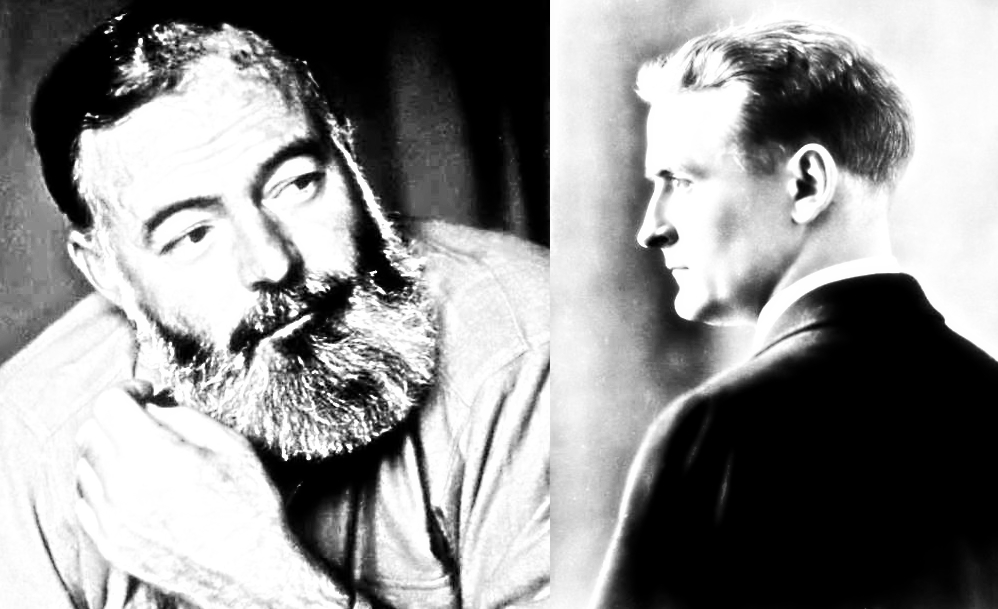The Sheriff of Nottingham is typically a rather looming menace in Robin Hood lore. In Howard Pyle’s The Merry Adventures of Robin Hood, he is otherwise a background antagonist who is often foiled. However, he is still an authority figure and sets out to stop Robin Hood and capture the outlaw once and for all. This is just one example of authority figures in literature.
In this post, we are going to examine authority figures in literature and analyze what makes them tick and why they are so pronounced in so many books we love.
Making an authority figure
Authority figures in literature often help propel narratives, shape existing characters, and reflect the themes of the novel in which they appear. The authority figure often ranges in background and scope, from representatives to hospital nurses. As such, authority figures show us how the author perceives power and control in a novel.
The Role of Authority Figures
Authority figures factor into novels for many reasons. Their very presence lends itself to plot development. They also show the norms and mores of a particular society or institutions. The encourage character development, and they also highlight power dynamics in stories as well. Here are some of those examples further defined:
Drive the Plot
Authority figures act as a central conflict for many novels (One Flew Over the Cuckoos Nest, 1984, The Great Gatsby, The Crucible, etc.). As such, their very drive pushes the plot of the story forward, such as Randall Flagg’s attempt at control in Las Vegas in Stephen King’s The Stand, which results in the crucifixion of those who do not comply.
Represent Norms and Values
Authority figures also show the norms and value of a society. In Treasure Island by Robert Louis Stevenson, Captain Smollett represents the moral and ethical side of seafaring life by encouraging the crew to stay the course and not violently oppressing those around him (unlike Long John Silver).
Encourage Character Development
Authority Figures challenge the hero of a novel to grow and change. For instance, in A Connecticut Yankee in King Arthur’s Court, Hank Morgan is pushed to change his views of the society by those around him, after seeing the desperate way in which the church uses its authority to manipulate and oppress the people of Britain.
Illuminates Power
Authority figures also reveal the complexities of power. In referring back to A Connecticut Yankee, we find Hank Morgan challenged multiple times to change his use of authority to avoid disaster; ultimately, it leads to the complete destruction of his empire when he quarrels with the Church.
What makes them tick
Authority figures in literature often have multiple motivations for why they seek power over other individuals. Some of these reasons include:
Desire for Control
Authority figures need to maintain control over their environment and their people. In George Orwell’s Animal Farm, the pig antagonist Napoleon uses revisionism in order to bring the animals in line with his goals; likewise, he urges the animals to fight for the good of the farm even though it has more to do with his wants and gains. Similarly, in Orwell’s 1984, Big Brother attempts to control every aspect of a person’s life by manipulating their history, news, and environment.
Sense of Duty/Responsibility
Authority figures also appeal to their own sense of duty and responsibility when it comes to maintaining order. While seemingly more benevolent, this can be seen in many of the characters and cities in J.R.R. Tolkien’s Lord of the Rings saga, from Gondor to Rohan. Additionally, one could argue that the evil dragon Smaug, who guards a horde of gold, does so out of a sense of duty and responsibility to himself (due to his lust for treasure).
Ambition and Greed
Authority figures also have a selfish sense of their own power. As such, they are driven by their own purpose and their own greed. A desire for more power definitely drives many authority figures. The Wizard from The Wizard of Oz admits that he kept up the ruse about being a wizard (when he was in fact not a wizard) in order to dupe the citizens of the Emerald City. Additionally, greed drives many characters in positions of authority. Greed also drives characters of authority. Ebenezer Scrooge, for instance, has a great deal of control over people’s loans, and uses that power in order to extort and threaten those who cannot pay.
Insecurity and Fear
Authority figures are also rife in insecurity and fear, thus their power comes from their very limited self worth. Severus Snape in the Harry Potter franchise is an insecure and fearful man due to his history with Harry’s father, James, and Harry’s godfather, Sirius Black, thus he uses his authority to punish and hurt Harry while he is at Hogwarts.
Conclusion
There are many reasons why authority figures appear in novels, and there are many reasons for why they act the way that they do in the context of a story. I think if we keep these reasons and attributes in mind, we can better analyze authority figures in novels. Moreover, understanding the motivations of fictional characters can help us see the exact same motivations in the real world. For instance, ambition, greed, and a lust for power is perfectly evident in our culture, from the business world to the political realm, and with such insight from our own knowledge, we can better judge and asses these actors in our world, which may govern our overall reactions to ethical and unethical conduct.









One response to “Authority Figures in Literature: Portrayal and Examples”
[…] at the art of imagery and figurative language in writing. Toward the end of the week we analyzed authority figures in literature, and we examined the novel Robin Hood by researcher J.C. Holt. Lastly, we read and parsed the Child […]